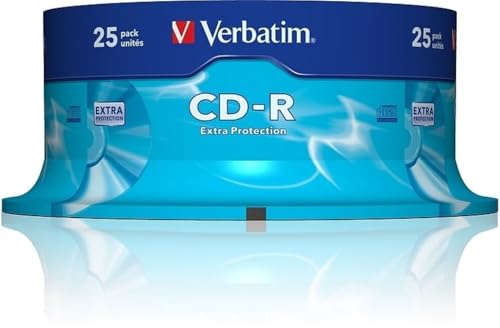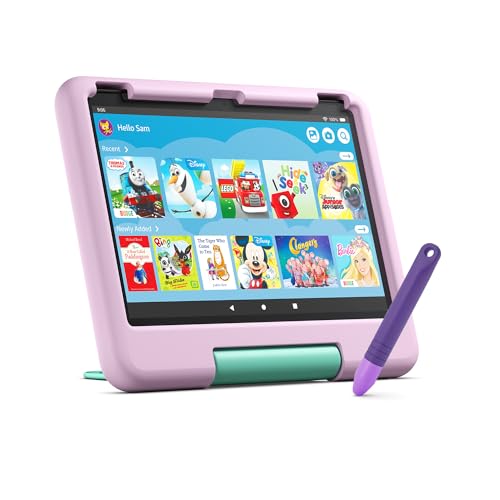Understanding CD-R: What It Is and How It Works
What is a CD-R?
A CD-R, or Compact Disc Recordable, is a digital optical disc that can be written to once. Unlike a CD-RW, which can be rewritten and erased, a CD-R retains the data permanently after it has been burned. Think of it as a blank canvas that you can fill with music, photos, or any type of digital information. Once filled, it cannot be changed, making it ideal for archiving important data or sharing files. CD-Rs are read by standard CD players and are compatible with most computers, thus making them versatile for various uses.
How Does a CD-R Work?
When you burn data onto a CD-R, a laser in a CD burner makes tiny pits on the disc’s surface, creating a pattern that can be read later. This process uses a special dye that changes when exposed to the laser, resulting in a permanent record of the data transferred. The unique structure of a CD-R allows it to maintain this information safely; however, the quality of the burning process and the disc itself can impact how well your information remains intact over time.
Key Factors to Consider When Buying CD-Rs
Capacity Matters
When selecting CD-Rs, consider the disc’s capacity, which typically ranges from 650 MB to 700 MB. This indicates how much information you can store. If you frequently work with large files or numerous music tracks, opting for discs with the higher capacity will save you from needing multiple discs for the same project.
Speed Ratings
CD-Rs come with various speed ratings, such as 1x to 52x, indicating how quickly data can be written onto them. Select a disc that matches or exceeds the burning speed of your CD writer for optimal performance. If your burner supports high-speed burning, you can complete your projects faster without compromising quality.
Brand Quality
The brand of the CD-R can significantly influence its reliability and performance. Well-established brands typically invest in better quality materials, which translates into fewer errors during the burning process and a longer shelf life for your data.
Top Uses for CD-R Discs: From Data Storage to Audio Recording
Data Backup
One of the primary uses for CD-Rs is for data backup. They are perfect for archiving important documents, presentations, and other files that you want to keep safe. By creating copies of your work on CD-Rs, you ensure you have a reliable version to revert to in case of computer malfunctions.
Music Compilation
CD-Rs are popular for creating custom music compilations. Whether you’re assembling a playlist for a party or compiling your favourite tracks, burning them onto a CD-R allows you to create a personal touch. These discs can be played in any standard CD player, making it easy to share your mixes with friends.
Photo Albums and Slideshows
If you’re looking to preserve family memories, CD-Rs provide an excellent option for backing up photos and video slideshows. Organising these cherished memories on CD can be a great way to keep them safe and creates an easy method for sharing digital keepsakes with family members.
Our Recommended Brands for Quality and Reliability
Top Contenders
When considering brands, we often lean towards those known for their durability and quality. Brands like Verbatim, Sony, and TDK consistently deliver reliable CD-Rs. They ensure fewer writing errors and enhanced compatibility across devices, allowing you to burn with confidence.
Different Options for Different Needs
Depending on your specific needs, certain brands may excel in particular areas. For instance, if audio quality is paramount for your projects, brands that specialise in music formats might be a better fit. Researching user reviews can also provide insights into user experiences with particular brands, aiding in making the best choice.
Tips for Storing and Handling CD-Rs for Longevity
Proper Storage Delivers Results
To prolong the life of your CD-Rs, store them in a cool, dry environment away from direct sunlight. Ideally, keep the discs in their original cases or in a protective sleeve to prevent scratches and dust accumulation. This simple step can help maintain data integrity over time.
Handling with Care
When handling CD-Rs, always hold them by the edges; touching the shiny surface can leave fingerprints and oils that may interfere with the laser reading process. Additionally, avoid exposing them to extreme temperatures or humidity, as these factors can degrade the quality of the disc.



































